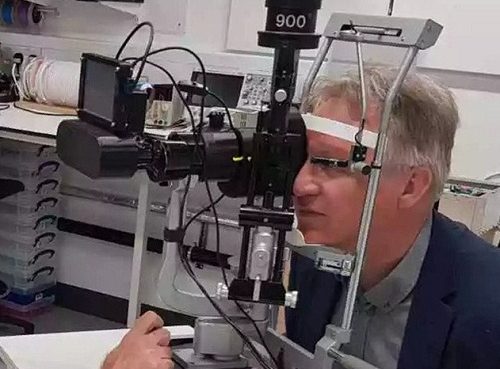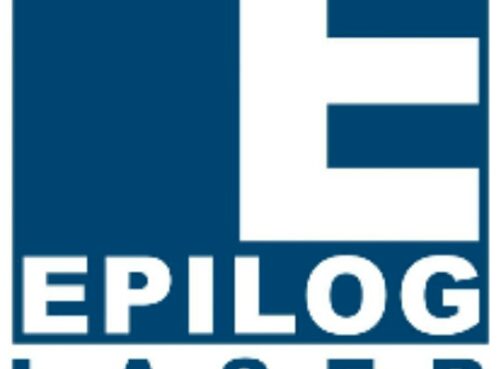Nigeria urgently needs rapid rollout of broadband services to address the country’s various socio-economic challenges.

Rajiv Aggarwal, Head of CEWA Market Unit at Nokia
With a population estimated at about 203 million people, 23 percent of the overall population is currently unemployed.
Furthermore, 55 percent of the country’s youth are unemployed, which presents a massive challenge considering that over half the population is under the age of 25.
According to the Nigerian Communications Commission (NCC), the country’s broadband penetration as at June 2021 stood at is 39.9 per cent with a broadband subscriptions figure of 76.29 million.
Therefore, the country is faced with the tremendous challenge of puttingits largely unemployed and underemployed population to work.
Addressing Nigeria’s socio-economic challenges
The rapid rollout of broadband services will address various socio-economic challenges faced by the country, including the need to grow its economy, job creation, expansion of the tax base, and improving digital literacy and educational standards.
This will also address identity management and security challenges through the effective use of technology, increase financial inclusion and deliver a broad range of services to its people to improve their quality of life and work towards achieving the UN’s 2030Social Development Goals.
The new Broadband Plan is designed to deliver data download speeds across Nigeria of a minimum of 25Mbps in urban areas, and 10Mbps in rural areas, with effective coverage available to at least 90% of the population by 2025 at a price not more than N390 per 1GB of data.
The Broadband Plan will drive increased fibre connectivity in schools, healthcare facilities, government buildings and towers, amongst others.
Notably, a large traffic volume within the middle mile networks is still backhauled using microwave equipment today.
While this type of backhaul was adequate for narrow-band voice communications, it is no longer adequate for the effective delivery of bandwidth-intensive broadband applications driving current demand.
The need to make fibre-optics the de-facto means of backhauling traffic within middle-mile networks, for the effective deployment of broadband networks, cannot be overemphasized.
Last-mile connectivity in Nigeria is also largely mobile with comparatively lower investments made in fixed-line infrastructure within the past two decades.
There is therefore a need for improvement in last-mile connectivity for increased adoption.
More submarine cable access will become available as new players such as the 2Africa Consortium extend broadband cable branches to Nigeria, boosting broadband penetration across the country.
The consortium recently announced the addition of four new branches to the 2Africa cable, which will extend 2Africa’s connectivity to the Seychelles, the Comoros Islandsand Angola; and bring a new landing to South-east Nigeria.
The role of fibre and fixed wireless access
To date, fibre density in Nigeria remains particularly low with approximately 10% of base stations connected to fibre and most of the fibre networks overbuilt on the same routes.
The continued reliance on narrowband microwave links remains a limiting factor in terms of aggregate capacity and stability of mobile networks especially in a challenging electricity supply environment.
Denser metro fibre networks will also provide the essential building blocks for future Fibre-To-The-X networks. In addition, the massive development in the real estate sector of the economy with several ‘’gated communities ‘’ being built in cities like Lagos, Abuja, Kano, PHC, Ibadan are also fuelling broadband adoption in Nigeria.
Fibre access is considered the biggest and fastest growing technology with the largest eco-system of players that includes fixed and converged operators, governments, cities, utilities, enterprises, and infrastructure investors.
Fibre access networks are becoming the unifying infrastructure that underpins the entire telecom industry, connecting everyone to everything.
The COVID pandemic has highlighted the “digital divide” and the importance of broadband connectivity worldwide.
New and more powerful fixed networks are therefore needed to increase speeds and improve the user experience.
While fibre remains a preferred choice, it can be expensive, time consuming, and challenge to serve homes and businesses.
To address the broadband need in underserved rural and suburban markets where the economics of FTTH is too cost-prohibitive, fixed wireless access (FWA) is seen as a good substitute via 4G and 5G to enable high-speed broadband.
With expanding network capacity afforded by 5G and new sub-6 GHz and millimeter wave spectrum, more and more operators see FWA as a complement to their “fibre plus FWA” broadband strategy.
The fixed wireless access (FWA) market continues to expand, with the underlying broadband demand arguably accelerated by the COVID pandemic.
The market growth is supported and fuelled by robust product innovations.
It is therefore important to keep pushing the boundaries of fixed technology and make sure the investments in fixed networks made today will be usable for many years to come to meet the inevitable growth in demand for faster, more responsive, and immersive internet services.
Fibre broadband investment enables a premium customer experience, competitive advantage, the lowest operational costs (OPEX), and the lowest power consumption of any broadband technology, with the additional opportunity of service convergence (residential, enterprise and 5G transport).
As a major global equipment vendor with a leading set of Fixed Access technologies, Nokia partners with fixed, converged, mobile and cable operators to deliver extraordinary Gigabit broadband services and enable them to address the unprecedented demands on their networks today.
Our ability to take our customers beyond the network termination point and deliver gigabit broadband throughout the home is another strength, especially with the increased data consumption associating the pandemic.
Fixed broadband will enable Nigerian Service Providers to provide faster speeds and better coverage to customers while achieving the price points highlighted in the Nigeria Broadband Plan.
The use of passive fibre networks along with a shared infrastructure model will greatly reduce the costs of deployment while maximizing the Capex investment.
Fibre not only ensures the speeds of today, but that the capacity needed tomorrow can be met.
Fixed broadband and fibre not only ensure faster download speeds for end users on fibre, but can also serve as an anchor point for densification of mobile networks as well serving as a connection point for wireless access points and even cell towers in some instances.
All of this translates to greater broadband penetration in Nigeria and increased services and benefits for CSPs and their end customers.
As part of the 2Africa Consortium, Nokia is facilitating increased fibre deployments in Nigeria.
Alcatel Submarine Networks (ASN), a division of Nokia that has been selected to deploy the new branches, which will increase the number of 2Africa landings to 35 in 26 countries, further improving connectivity into and around Africa including Nigeria.
Nokia also provides GPON solutions to several providers in Nigeria, thereby increasing fixed broadband speeds using FTTH.
One of the examples is that Nokia is providing Spectranet, Nigeria’s largest Internet Service Provider, with its GPON solution and enabling 100+ Mbps ultra-broadband services to end users in Lagos and Abuja as part of an extensive Fiber-to-the-Home (FTTH) rollout.
This kind of deployments with Nokia’s superior fixed network technologies, in turn, enables Nigerian Service Providers to offer up to 1Gbps speeds to end customers using passive fibre connections.
Source: commweek










